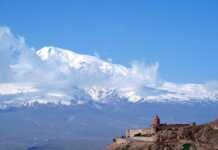Iceland is a beautiful and wild country. It is famous for its dramatically varied landscape, cold weather and history. Discovered accidentally by Vikings more than 1000 years ago, this once inhospitable land is now fast-growing into a must-visit travel destination. Iceland is home to a mere 376,500 people, with more than 60% of its population living in its capital city Reykjavik and the immediate surrounding areas. This has allowed the country to maintain and preserve its natural beauty.
Iceland is a country of contrast and is known as the ‘land of fire and ice’ as it is home to some of the largest glaciers, and some of the fiercest volcanoes in the world. Iceland is a popular destination for geologists with many heading to its inhospitable northern coasts to uncover the secrets of our planet. With Iceland growing in popularity, there are a growing number of tours taking in some of its most impressive natural landscapes including the famous Golden Circle. There is so much to Iceland to explore and learn about, that deciding where to start can be overwhelming. If you are planning a trip to Iceland or are simply interested in learning more, here are 15 things that Iceland is famous for.
Contents
- What Is Iceland Known For?
- 1- The Midnight Sun
- 2- Northern Lights
- 3- Golden Circle
- 4- Hot Springs
- 5- Straddling Two Continents
- 6- Land of Fire and Ice
- 7- Jólabókaflód (Christmas Book Flood Festival)
- 8- Black Sand Beaches
- 9- Trolls and Elves
- 10- Hardfisjur
- 11- Waterfalls
- 12- Blue Ice Caves
- 13- Whales
- 14- The World’s Northernmost Capital City
- 15- The Blue Lagoon
What Is Iceland Known For?
1- The Midnight Sun
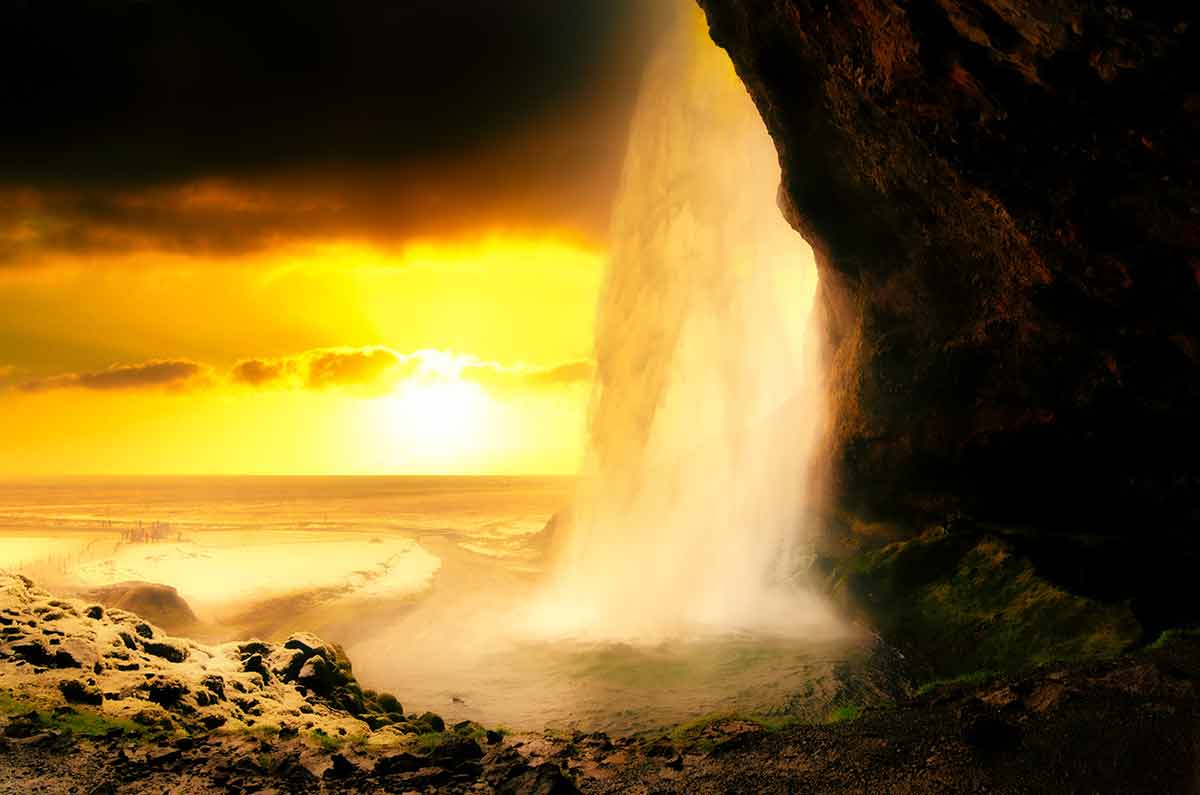
One of the most famous things Iceland is known for is the Midnight Sun.
Iceland is situated just below the Arctic Circle, meaning that it experiences shorter days in winter and longer days in summer than other countries in Northern Europe.
The summer solstice marks the beginning of the midnight sun, with the sun not setting below the horizon.
This creates a spectacular and colourful sky where a hint of darkness is present for a mere 3 hours.
Head out on a guide tour on an evening to admire Iceland’s beauty during this time to see it from a new perspective.
During the summer months a number of tours are specifically designed to see Iceland’s natural landmarks in the glow of the midnight sun run, including those taking in the Golden Circle.
If you are visiting Iceland during summer, be sure to pack an eye mask as sleeping during this time can be difficult.
Recommended tours:
2- Northern Lights

Thanks to Iceland’s northerly location it is one of the best and most reliable destinations in the world to see and experience the Northern Lights.
The best time to see the Northern Lights in Iceland is between September and April when the skies are at their darkest.
While it is possible to see the Northern Lights with the naked eye here, some of the best views come through a camera.
Book onto a guided photography tour to experience and capture the Northern Lights with expert help, allowing you to not only have a once in a lifetime experience, but to take home a unique souvenir.
To increase your chances of seeing the Northern Lights download an aurora app, where updates on the likelihood of seeing the lights are regularly shared.
Recommended tour: Iceland: Northern Lights Bus Tour from Reykjavik.
3- Golden Circle
The Golden Circle is one of Iceland’s most famous and most beloved tourist attractions.
The circle follows a 300 kilometre (186.41 miles) loop taking in some of the countries finest natural landmarks.
Book onto a Golden Circle tour, typically lasting a full day, to see its 3 main landmarks, with opportunities to stop off at other beautiful places along the way.
The first destination in the Golden Circle is Thingvellir National Park.
The park was home to Iceland’s parliament between the 10th and 18th centuries, while today its status as a national park has offered it protections to maintain its dramatic landscape.
Within Thingvellir you will find deep canyons, fissures and lakes.
It is also home to the Mid-Atlantic Ridge, where you can hike and even dive between two tectonic plates.
The next destination within the Golden Circle is Geysir Geothermal Area, which consists of two geysers; Great Geyser and Stokkur.
Great Geyser rarely erupts, however for dramatic photographs and an awe-inspiring sight, admire Stokkur which regularly erupts every 10 minutes.
Stokkur shoots hot and steamy water 40m (131ft) into the air.
Your final stop will take in Gulfoss Waterfall, which gave this incredible circle of landmarks its name.
Gulfoss translates to Golden Falls, and is a powerful two-tiered waterfall fed by glacial water from Langjokull.
At 32m (104ft), this waterfall can cascade more than 109 cubic meters of water every second.
Recommended tour: Reykjavik: Golden Circle Full-Day Tour with Kerid Crater.
4- Hot Springs
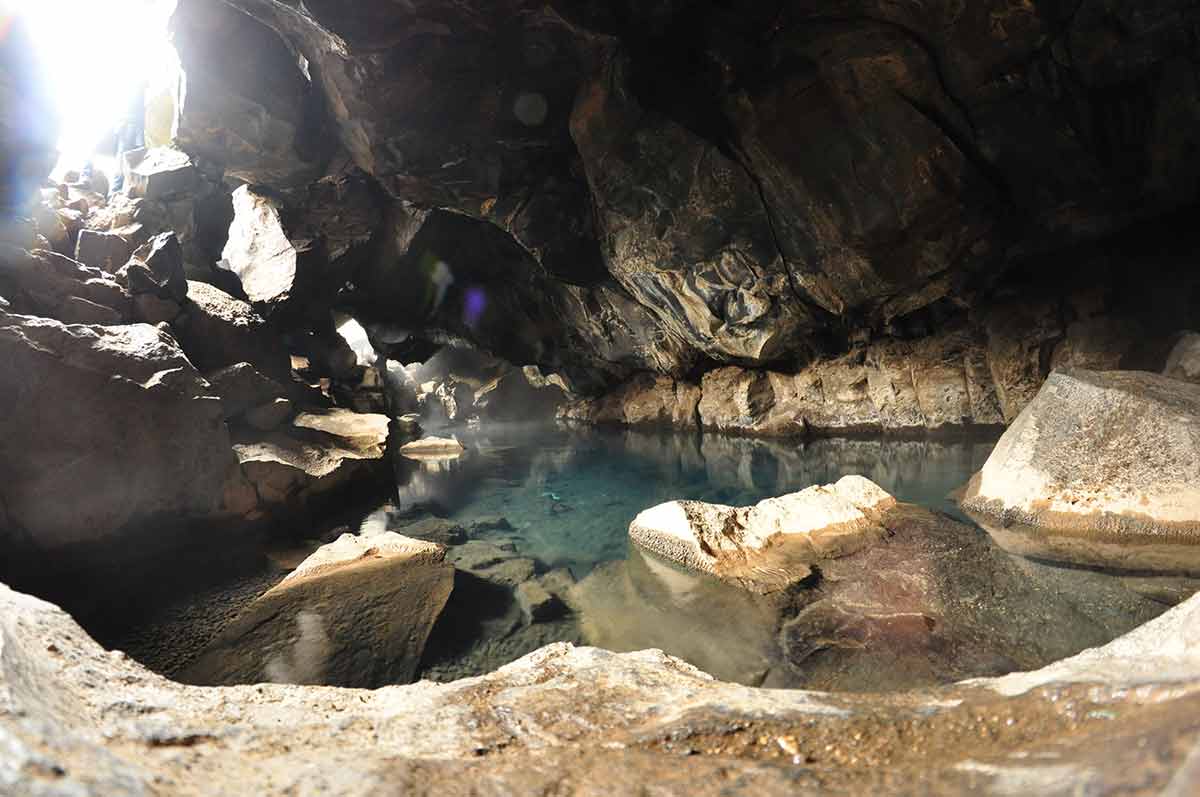
There are many hot springs in Iceland that are perfect for taking a soothing dip.
Bathing in hot springs has been a popular tradition among Icelandic’s for centuries.
Hot springs in Iceland are naturally heated by geothermal energy, and Iceland’s volcanic nature and placement along two tectonic plates has created hundreds of these relaxing pools.
A dip in the hot springs isn’t just relaxing however, as there area number of health benefits including the soothing of eczema, improving circulation, and easing musculoskeletal pains.
One of the best hot springs to visit in Iceland is Hrunalaug on the outskirts of Fludir.
This cosy hot spring has high stone walls and is surrounded by nature.
It is located on a private farm and donations are encouraged to allow the owners to maintain the land and allow it to remain publicly accessible.
Another excellent hot spring in Iceland is Sky Lagoon, a dramatic hot spring with a view overlooking the North Atlantic Ocean.
This hot spring is only a few minutes drive from the centre of Reykjavik, and it is popular with locals and tourists alike on an evening for a unique viewing experience of the Northern Lights.
Recommended tour: From Reykjavik: Hvammsvík Hot Spring with Transportation.
5- Straddling Two Continents
One of the most popular landmarks in Iceland is the awe-inspiring Thingvellir National Park, which straddles two continents: North America and Europe.
It sits on the Mid-Atlantic Ridge that divides the country between two tectonic plates, so Iceland’s west lies on the North American plate while the east is on the Eurasian plate.
The national park is located in the southwest of the country and is vastly important for its historical and geological significance.
Thingvellir is the home of the Icelandic parliament known as Althingi, which was founded in 930.
The parliament held its first sessions along the edges of Almannagja gorge, otherwise known as the Mid-Atlantic ridge.
In recent years the national park has been named as an UNESCO World Heritage Site due to its geological importance and vastly varying natural features.
Inside the national park is the largest natural lake in Iceland known as Thingvallavatn, and the famous Silfra fissure.
The Silfra fissure is a gap between the American and European tectonic plates that is filled with water.
There are a number of specialist scuba diving trips that can take keen explorers to snorkel between the continents.
6- Land of Fire and Ice
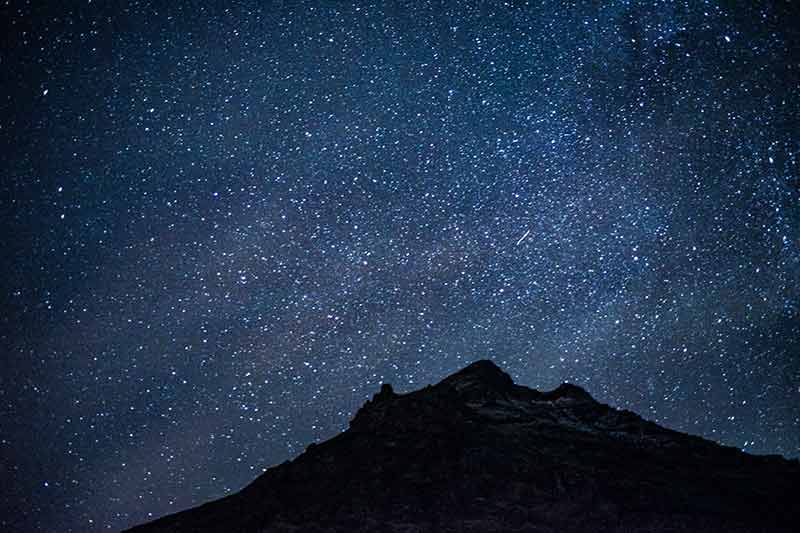
Iceland is known as the land of fire and ice due to its vast number of both glaciers and volcanoes.
Glaciers make up approximately 11% of Iceland’s landmass, with its largest being Vatnajökull Glacier.
This glacier covers a huge swathe of both the southern reaches of Iceland and its central highlands.
In contrast to the ice, Iceland also has 130 volcanoes.
There are 32 active volcanoes in the country, some of which have had large eruptions in recent years.
For those looking to experience Iceland’s fire and ice, guided camping tours are available that take in some of the countries most spectacular glaciers and ice caves, and its most dramatic volcanoes.
Recommended tour: Reykjavik: Guided Folklore Walking Tour.
7- Jólabókaflód (Christmas Book Flood Festival)
Known as Jólabókaflóð, Iceland’s bookish Christmas Eve tradition has been encouraging cosy nights in since the Middle Ages.
The book flood originates from Kvoldvaka, or Night Vigil, where poorer Icelandics during the Middle Ages would huddle together in one room on long winters nights and complete chores such as weaving or embroidery, while someone would recount Icelandic Sagas to help pass the long nights.
It was during this time that children would often be taught to read, generating a traditional love of reading and of books.
The tradition began in its current form in 1944, after Iceland’s independence.
Many items were restricted and rationed in the country during this time, however paper was allowed to be imported and had no restrictions.
As a result more and more publishing houses popped up, and books were regularly published and donated, given away or sold.
Today Iceland’s publishers release special editions or launch books just before the book flood, and locals will flock to their local book store to purchase a gift for a loved one.
The books are then exchanged on Christmas Eve where after a tasty meal, it is tradition to get cosy, enjoy a hot drink, and spend the rest of the night reading.
8- Black Sand Beaches
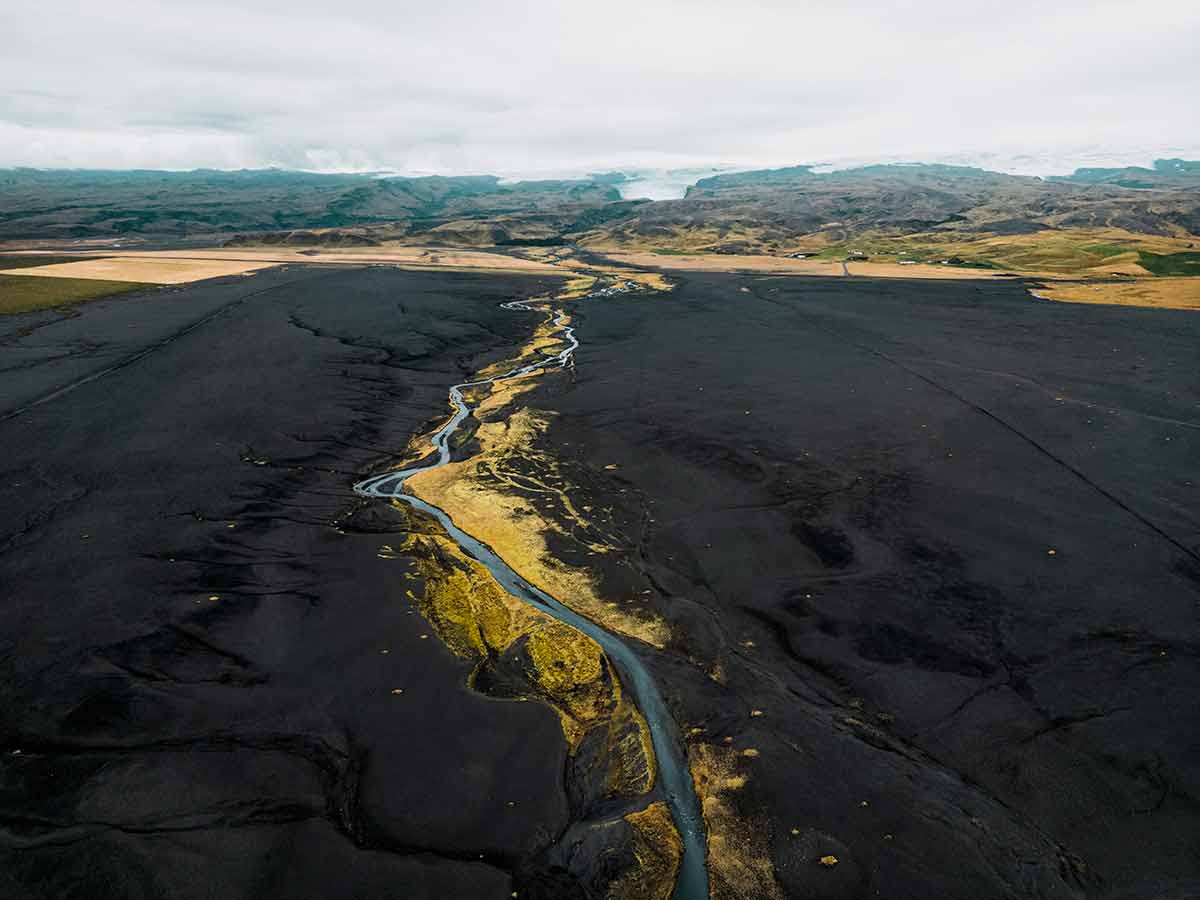
There are many black sand beaches in Iceland due to its volcanic activity.
The black sands are formed when molten lava cools as it comes into contact with the cold sea water.
The cold cools the lava quickly and causes it to crack and break down, with the tides and cold weather gradually turning it into a soft and fine sand.
Many of Iceland’s black sand beaches offer dramatic and beautiful views of the North Atlantic Ocean, sea stacks and wildlife.
One of the most popular black sand beaches is Reynisfjara Beach, where its famous sea stacks are believed to be trolls who were unfortunate enough to still be outside as the sun rose.
This beach is also home to caves, a wrecked plane, waterfalls and is overlooked by a mountain range.
Reynisfjara is also a popular destination for whale watching, and to see puffins nesting on the cliff faces.
Recommended tour: RVK: Glacier Hike, South Coast Waterfalls & Black Sand Beach.
9- Trolls and Elves
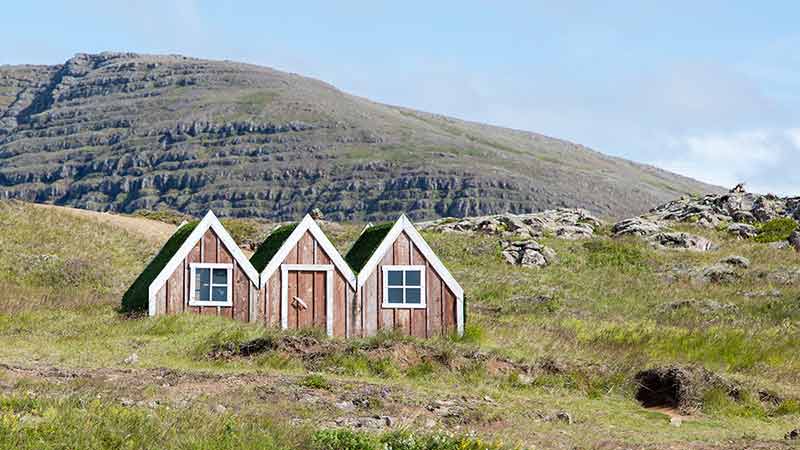
Much of Icelandic folklore focuses on mythical creatures and magic, and out of these stories have come tales of trolls and elves.
In Iceland, elves are said to resemble humans, but reside in a parallel realm with nature, and are typically invisible.
There are more than 50 types of elves in Iceland including elves for specific holidays.
13 Yule Lads, a group of elves associated with Christmas, are naughty elves that cause mischief and pull pranks on unsuspecting humans.
Trolls, unlike elves, are visible, and reside in the caves of Iceland’s mountains luring in naughty children to eat.
They do however turn into stone as the sun rises if they are outside, giving legend to many of the countries unusual sea stack formations.
Iceland is so fond of its legends and beliefs around trolls and elves, that guided tours are available to take you on the hunt for these mythical beings.
There is even a museum dedicated to eves, and an elf school where you can learn more about elves and their culture.
10- Hardfisjur
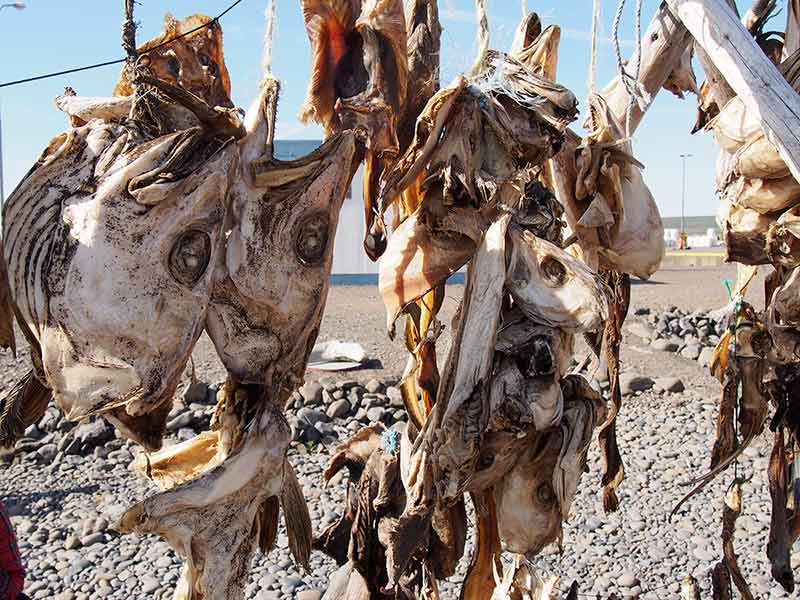
Hardfiskur is an Icelandic delicacy that has been popular across the country for centuries.
Icelandic’s have enjoyed the dish for so long that its true origins are lost to time.
Hardfiskur consists of a white fish such as cod, haddock or wolffish that has been gutted and left to dry on wooden scaffolding outdoors, with the constant breeze and wind keeping flies away.
The fish is considered healthy and nutritious as it is protein rich, and is typically consumed with Icelandic butter.
This unusual, and pungent smelling, dish is available in supermarkets as a fillet, or broken up into smaller chunks, and has a chewy texture similar to jerky.
11- Waterfalls
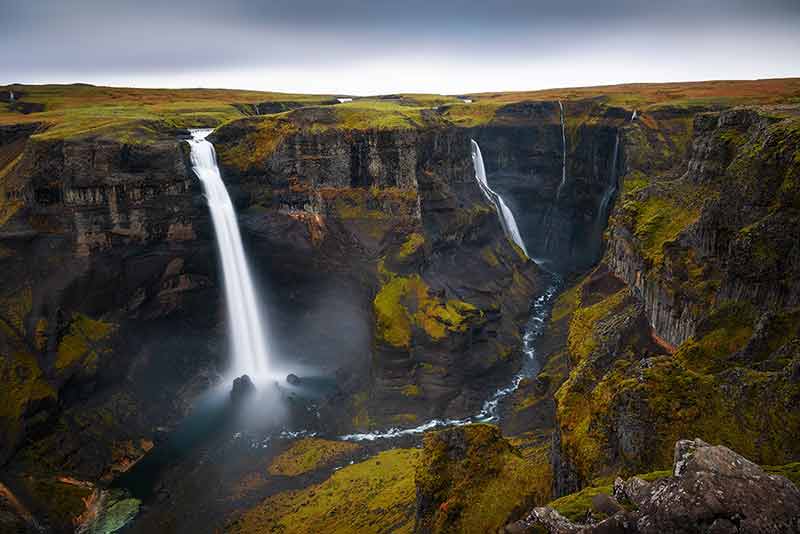
Iceland is a country rich in natural beauty, and contributing to this are its approximately 10,000 waterfalls.
Iceland’s large glaciers begin to melt when temperatures rise, creating an increase in water, and creating many of its waterfalls.
One of the most popular waterfalls is Gulfoss, which forms part of the Golden Circle.
Other famous waterfalls in Iceland include Skogafoss, a 82ft (25m) wide and 197ft (60m) high dramatic waterfall with a plunge from the cliff into a valley below.
The best viewpoint for Skogafoss is from the bottom of the valley where the water cashes into the pool where, when the weather is right, rainbows appear in the mist.
Another famous waterfall in Iceland is Seljalandsfoss, one of the most photographed waterfalls in the country.
This waterfall is tall and narrow, at 197ft (60m) high, with a path encircling it allowing visitors to see behind the falls.
Recommended tour: Iceland: Full-Day South Coast, Black Beach & Waterfalls Tour.
12- Blue Ice Caves
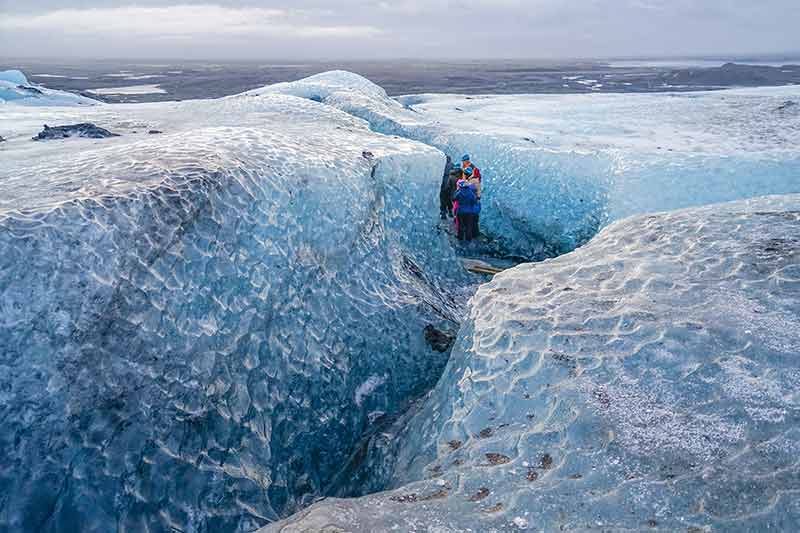
Ice caves are formed inside glaciers, and due to the vast number of glaciers in Iceland, there are many ice caves to explore.
Not all ice caves in Iceland are visitable, however those that are require a specialist guide to help you admire them safely.
Many of the guided tours of Iceland’s ice caves begin with a walk across the glacier to the entrance to the cave.
Safety equipment including hard hats and specialist shoes are often required, however most tours provide these as part of your ticket price.
Ice caves are only accessible between mid-October to March as there is little ice melt during this time.
Some ice caves are man-made, however the best tours are of the naturally forming ice caves inside glaciers.
The ice can appear white and black, however it is the blue ice caves that are the countries most famous.
The ice appears blue due to the thickness of the glacier ice, as it is so thick and dense it will absorb every colour in the spectrum except from blue.
Recommended tour: Jökulsárlón: Vatnajökull Glacier Blue Ice Cave Guided Tour.
13- Whales
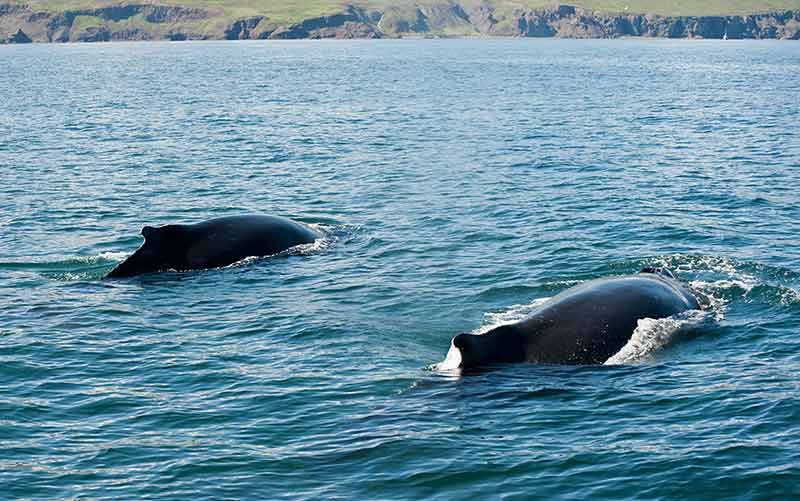
Iceland’s location surrounded by the cold waters of the Atlantic Ocean make it the perfect destination to go whale watching.
There are more than 20 species of whales living in Iceland’s waters with the country now labelled as Europe’s whale watching capital.
There are many whale watching trips that depart from Reykjavik that have a high success rate of seeing a variety of whales.
As the waters around Iceland are so active with whales, you can expect to see minke whales, harbour porpoises and whale-beaked dolphins.
Head to Husavik, a traditional whaling town, for the chance to see the gentle giants of the sea, humpback whales.
On these trips you may also get to see some of Iceland’s other inhabitants including seals and puffins nesting on cliffs.
Recommended tours:
- From Reykjavik: Whale Watching Tour by RIB Boat.
- From Reykjavik: Whale Watching Tour by Fast Catamaran.
14- The World’s Northernmost Capital City
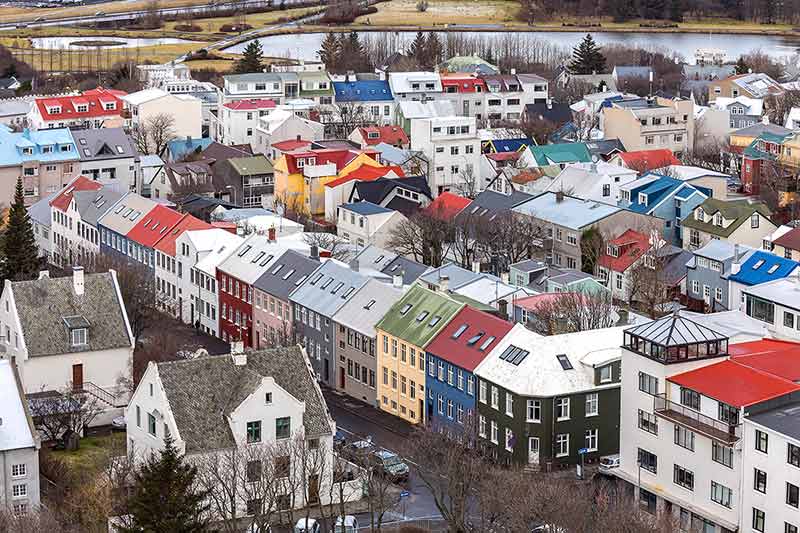
Reykjavik is the world’s most northernmost capital city.
After Iceland became a sovereign state in 1918, it’s global position at 64’08N made it the most northerly capital.
Reykjavik is unique as a capital, as it has a sparse population density with many uninhabited areas around the city.
It is also unusual as the city’s approximately 123,000 residents make up 63% of Iceland’s total population.
The city is home to an impressive coastline with peninsulas, rugged islands and hidden coves.
It’s rugged nature is thanks to its ancient history as the area was once completely covered by glaciers.
The city takes its name from the first settlers who inhabited Iceland in 874.
Due to the abundance of geothermal water, the air was full of steam that gave the appearance of smoke, giving it the name ‘Smoky Bay’ or Reykjavik.
Recommended tour: Reykjavík City Card.
15- The Blue Lagoon

The Blue Lagoon is home to the most popular geothermal waters in Iceland.
The lagoon is considered to be one of National Geographic’s 25 Wonders of the World.
The geothermal lagoon is filled with seawater that sits at a pleasant 37-40 degrees Celsius (98-104 degrees Fahrenheit) and is rich in algae, silica and minerals that benefit skin health.
The Blue Lagoon gets incredibly busy so pre-booking is essential.
There are a number of different ticket options available that all include access to the Blue Lagoon as a minimum with additional access to a selection of mud masks, use of towels and robes, a sauna, steam cave, mask bar, massage waterfall and in-water bar.
To fully immerse yourself in this relaxing experience, why not dine at the Moss Restaurant, a Michelin-starred restaurant with incredible views over the lagoon and delicious dishes to match.
The seven-course set menu includes the freshest and finest locally sourced ingredients with Icelandic Executive Chef Aggi Sverrisson blending Asian flavours with traditional ingredients.
Recommended tour: Reykjavik: Golden Circle, Kerid Crater, & Blue Lagoon Tour.
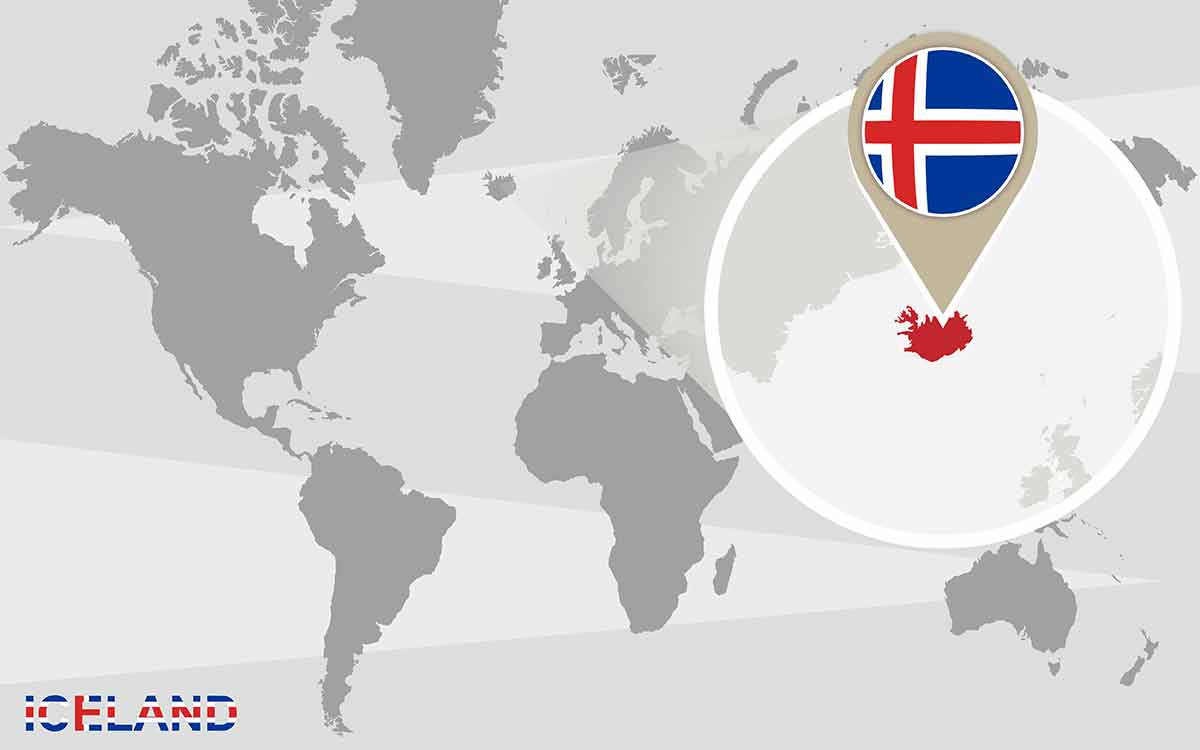
You may also be interested in:
- What is Turkey known for?
- What is Portugal known for?
- What is Greece known for?
- What is France known for?
- What is Belgium known for?
- What is Switzerland known for?
- What is Poland known for?
- What is Australia known for?
- What is Mexico known for?
- What is Germany known for?
- What is Croatia known for?
- What is Hungary known for?
- What Is Romania known for?
- What is The Netherlands known for?
- What is Scotland known for?
- What is Canada known for?
- What is Japan known for?
- What is China known for?
- What is Singapore known for?
- What is Vietnam known for?
- What is Thailand known for?
- What is Cuba known for?
- What is Argentina known for?
- What is Colombia known for?
- What is Spain known for?
- What is Italy known for?
- What is Ireland known for?
- What is Oregon known for?
- What is Colorado known for?
- What is Tennessee known for?
- What is Hawaii known for?
- What is Alabama known for?
- What is Illinois known for?
- What is Mississippi known for?
- What is Nevada known for?
- What is Maine known for?
- What is Idaho known for?
- What is Delaware known for?
- What is Maryland known for?
- What is Wisconsin known for?
- What is Miami known for?
- What is Virginia known for?
- What is West Virginia known for?
- What is Massachusetts known for?
- What is Boston known for?
- What is Florida known for?
- What is Kentucky known for?
- What is Indiana known for?
- What is Montana known for?
- What is Nebraska known for?
- What is Pennsylvania known for?
- What is Vermont known for?
- What is Arizona known for?
- What is California known for?
- What is South Carolina known for?
- What is North Carolina known for?
- What is Texas known for?
- What is Michigan known for?
- What is Ohio known for?
- What is Louisiana known for?
- What is Oklahoma known for?
- What is New York known for?
- What is Georgia known for?
- What is Utah known for?
- What is Connecticut known for?
- What is Rhode Island known for?
- What is Iowa known for?
- What Is Minnesota known for?
- What is New Hampshire known for?
- What is Arkansas known for?
- What is New Jersey known for?
- What is Missouri known for?
- What is North Dakota known for?
- What is South Dakota known for?
- What is Wyoming known for?
- What is Alaska known for?
- What is Washington known for?
- What is Seattle known for?
- What is New Mexico known for?
- What is Kansas known for?
- What is San Francisco known for?
- What is Chicago known for?
- What is Denmark known for?
- What is Norway known for?
- What is Sweden known for?
- What is Iceland known for?
Plan Your Trip

Rent A Car – Find the best car rental rates at Discover Cars. They compare car hire companies to provide you with the best deal right now.

Find A Hotel – If you’re curious about this article and are looking for somewhere to stay, take a look at these amazing hotels.


